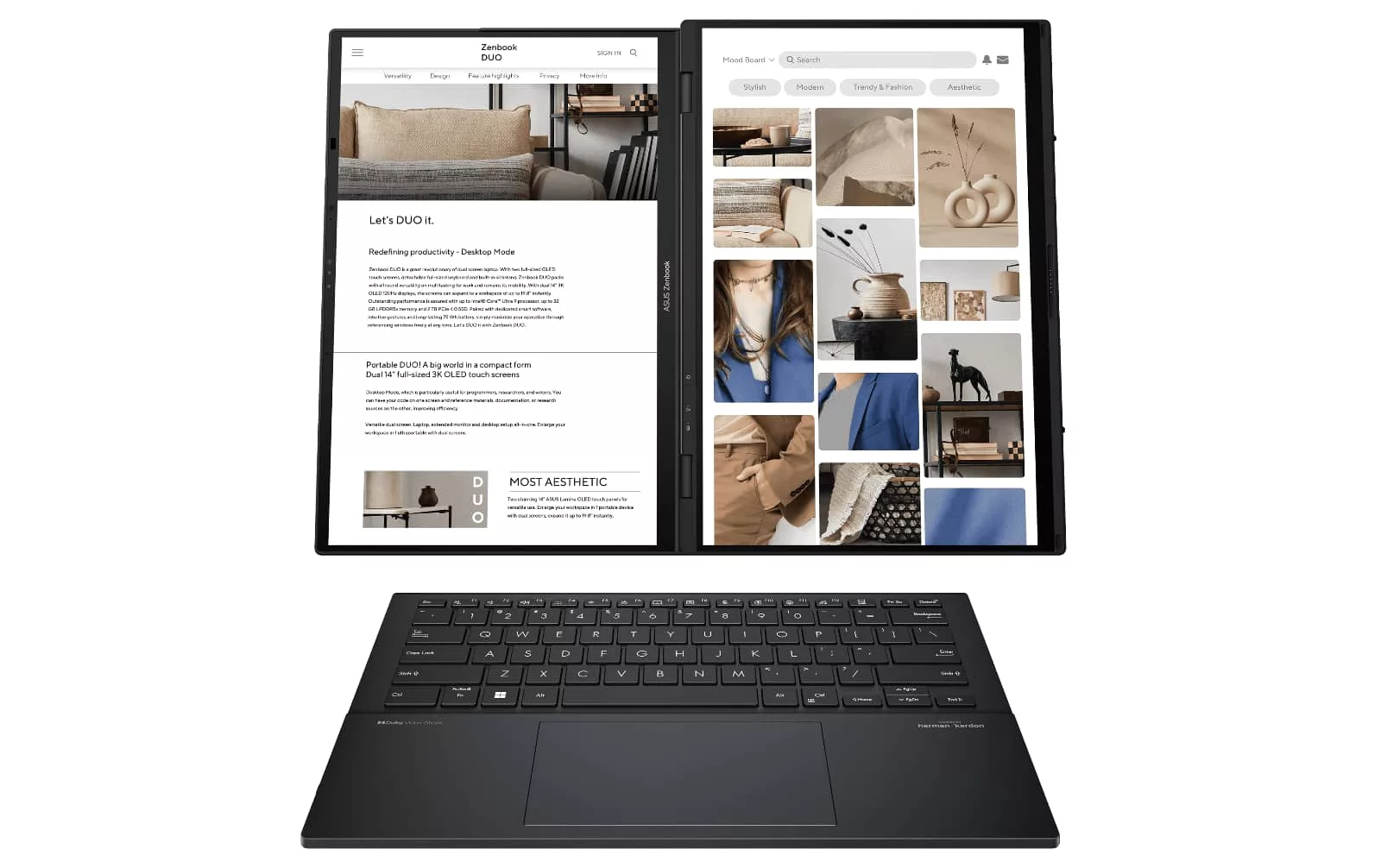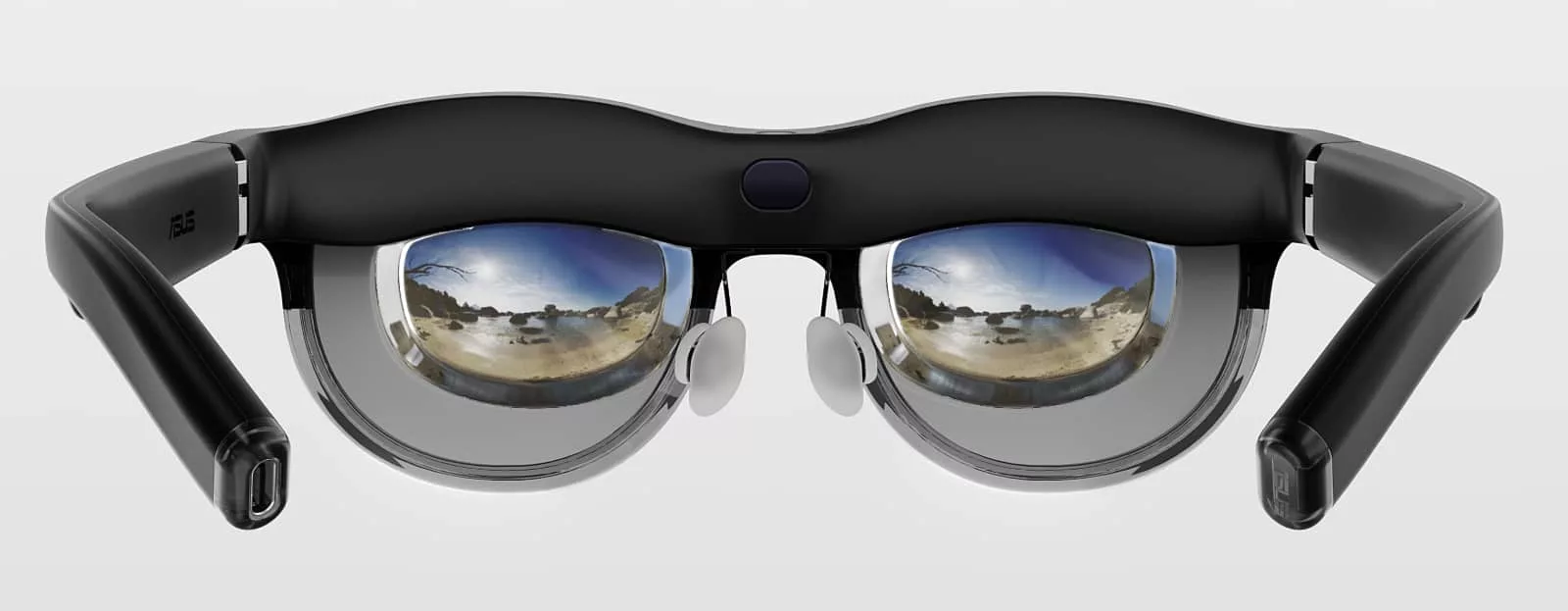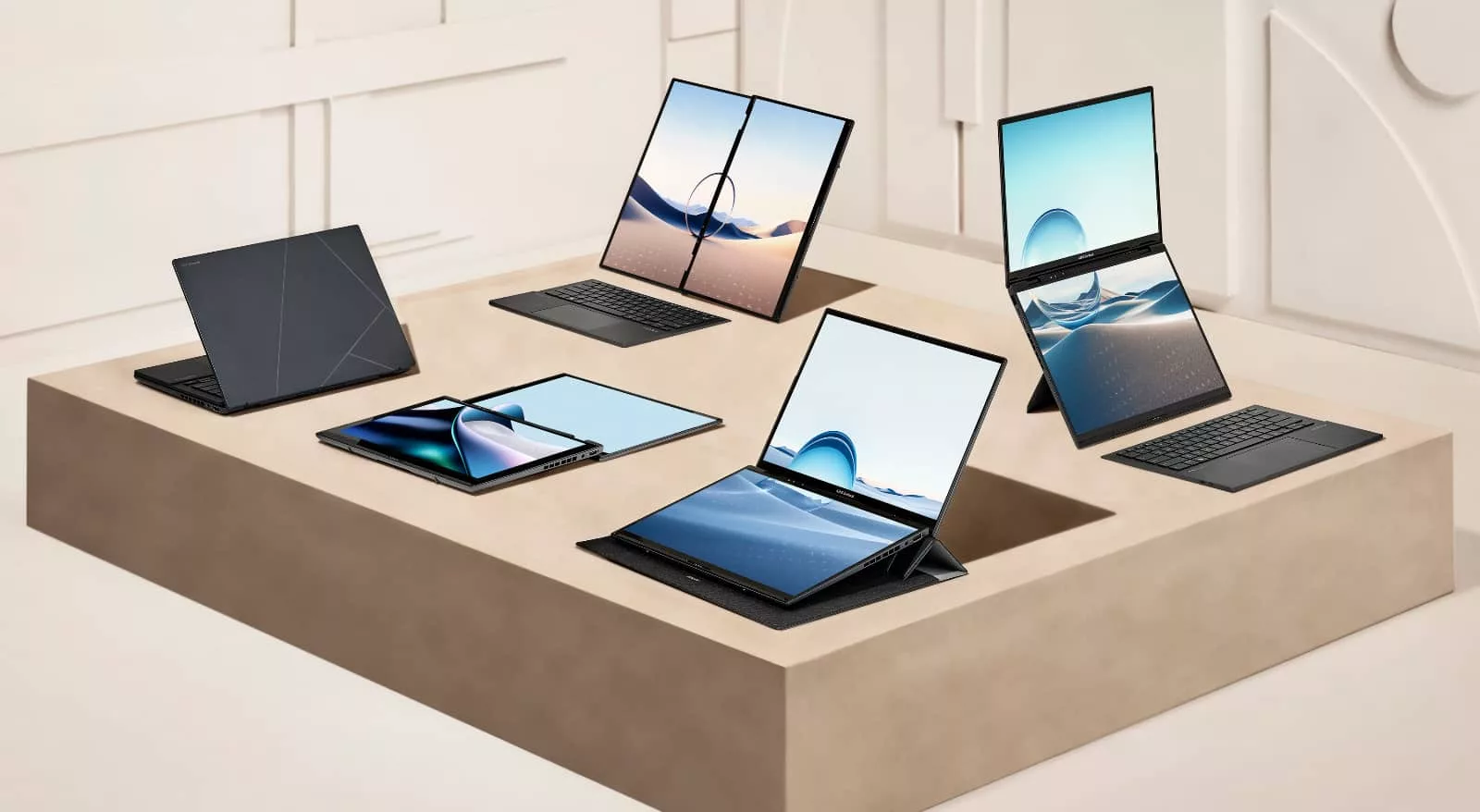Designs for computers and their peripherals are some of what’s set to change, based on what Asus announced recently at CES.
As we sort through the best of the rest of what we missed at CES, we can find some gems that look intriguing for everyone, and Asus seems to be there.
There is a lot coming from CES 2024, and that’s exciting overall, ranging from transparent TVs to plenty of AI PCs, and plenty more. And while some of these things were largely expected, other brands did totally unexpected things.
Take Asus, which offered plenty to look at, covering regular Zenbook laptops, plus something a little different, including a dual screen OLED laptop in the Zenbook Duo.
A different approach than the foldable laptops beginning to come out, the Zenbook Duo uses two 14 inch OLED screens — one on the top half where the screen normally goes, and another on the bottom half where the keyboard normally goes — and providing a larger screen experience in a standard laptop design.

It’ll see up to an Intel Core Ultra 9 chip, meaning the Zenbook Duo is an AI PC, and can handle a desktop design, too, thanks to a built-in kickstand with a detachable keyboard.
Interestingly, the Zenbook Dup has been durability tested to military specifications, using the MIL-STD-810H rating to let you know it’s a little more durable than most laptops, even if it’s not likely to be inexpensive.
Asus had a few other laptops at the show across both its consumer and business-focused Zenbook range, including the Zenbook S 13 OLED, what it calls the world’s slimmest 13.3 inch OLED laptop, plus the Republic of Gamers gaming laptop offerings, and it also has a new ROG Phone on the way, too.

But it also had compact PCs and NUCs, tiny computers made for desks, as well as a foldable monitor for any computer, something coming in the ZenScreen Fold. However, there was also another form of display: one you could wear.
The Asus AirVision M1 is a wearable screen for your head, boasting a Full HD screen for each and head tracking, with a touchpad found on the side and support for 3D. We’re not entirely sure what the M1 will be used for outside of entertainment, but that may be enough.
No word on availability for the gadgets here, but we suspect the laptops will be along soon, and hopefully everything else soon after.







